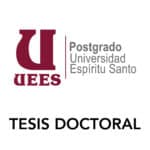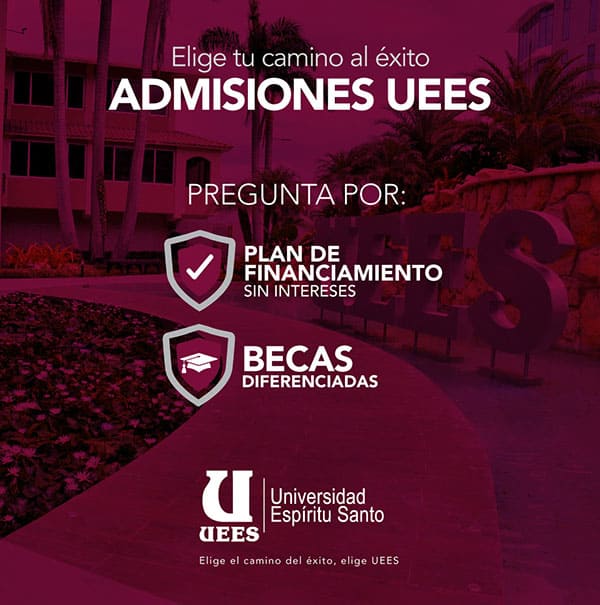I may not speak for all teachers, but the thought of returning to in-person teaching in the very near future fills me with a new sense of hope.
Don’t get me wrong. The last two years of teaching online have been a unique opportunity not just to discover and embrace technological tools, but also to rise to the challenge of developing an effective remote learning environment. Without a doubt, the start of the pandemic provided the historical impulse for a leap forward in educational practices.
From a personal perspective, my first challenge was just working out how to communicate content and set up classroom activities through real-time classes on an online platform. As it became clear that this new teaching environment was more permanent, however, I found myself trying to work out how to get my students really thinking, participating, cooperating and constructing knowledge, without me ever meeting with them face-to-face. A key component to the success of this online experience was developing true learner autonomy.
The concept of developing learner autonomy is certainly nothing new. If you are an English teacher, you will have been encouraged since your basic training to make students take responsibility for their own learning. We can recommend they keep vocabulary notebooks with words organized into families or topics, write reflective journals where they can monitor their own progress and learning processes, or record themselves speaking and analyse their own errors. Guided discovery grammar activities – where students “discover” a grammatical rule by studying a sentence and answering a set of simple questions about it – follow this trend of student-centred teaching. The onus is on the students to learn for themselves. After all, in the real world, away from the supervision of a teacher, that is what they will have to do.
But with learner autonomy comes a second – and equally important – component of remote learning: intrinsic motivation.
For a student to become more autonomous, they have to have personal reasons to want to learn. It’s all very well for me to create incentives for students to pay attention and participate in online classes – the carrot and the stick approach. I can give points for participating verbally in class, for example – which I do. I can also impose punitive measures, such as awarding an absence if a student fails to participate when asked – which I also do. But students will always find ways to comply with these rules, without really engaging in the subject matter.
No, extrinsic motivation is not enough to get people learning. The student has to really want to develop their knowledge and skills, and this attitude is much more difficult to nurture when you are not in the same room as the person.

When I’m face-to-face with someone, I can see their body language. And react appropriately. A tired student needs a change of pace, maybe a kinaesthetic activity that gets them out of their seat, or a quick-fire quiz on Kahoot! A bored student needs more variety and a more personalised approach to the topic. I need to make it more relevant and immediate to him or her. A student with no interest in learning English needs to find his or her motivation for being a better English speaker. There are ways of developing that, but I feel I should be physically with the students to identify that need.
According to Dörnyei (2005), the motivation to learn a language rests in the perception of ourselves and what we want to become. It is imperative that we have a clear image of our Ideal L2 Self – that is, we know the kind of second language (L2) speaker we would ideally like to be. For example, if my purpose is to travel a lot for leisure in the future, then my ideal self is a person who can converse easily in the foreign language in typical tourist situations – at the airport, in restaurants, at local markets. I imagine myself doing exactly that, mixing with the locals and buying souvenirs. When we notice that there is a distinction between our ideal self and what we can actually currently do, we can develop the intrinsic motivation to become that person.
Of course, this theory rests on the idea that your ideal self is in fact attainable. If you want to speak a language like a native speaker, but you only know three words, your ideal self is hardly going to motivate you. The gap between you and your ideal self is just too big; it’s too hard to get there. The key lies in developing a vision for your future which is “an achievable possible reality” and also “detailed and vivid” (Hadfield & Dörnyei, 2013, p.12), but at the same time “not comfortably within reach” (Dörnyei & Ryan, 2015, p.92). An English teacher can absolutely help a student to do this through activities and reflections that coax students into developing and defining their current and future self-image.
So, as I prepare to see all my students face-to-face, I’m hopeful that I’ll be able to meet their needs better than ever. There will be obstacles ahead, not least having to re-introduce them to classroom etiquette and foster in-person interactions – something many of them may need reminding of. Nevertheless, I am also keenly aware that I am now better equipped to harness the potential of available technological tools and adopt a much more blended learning approach to teaching than was possible before the pandemic.
Most importantly, however, now that I’ll be able to observe and monitor my students, read their body language, and laugh, smile, and react to it, I’m determined to find ways to activate their intrinsic motivation so that they can really make the most of the learning experience.
M.Sc. Emma Pedley






thanks for information